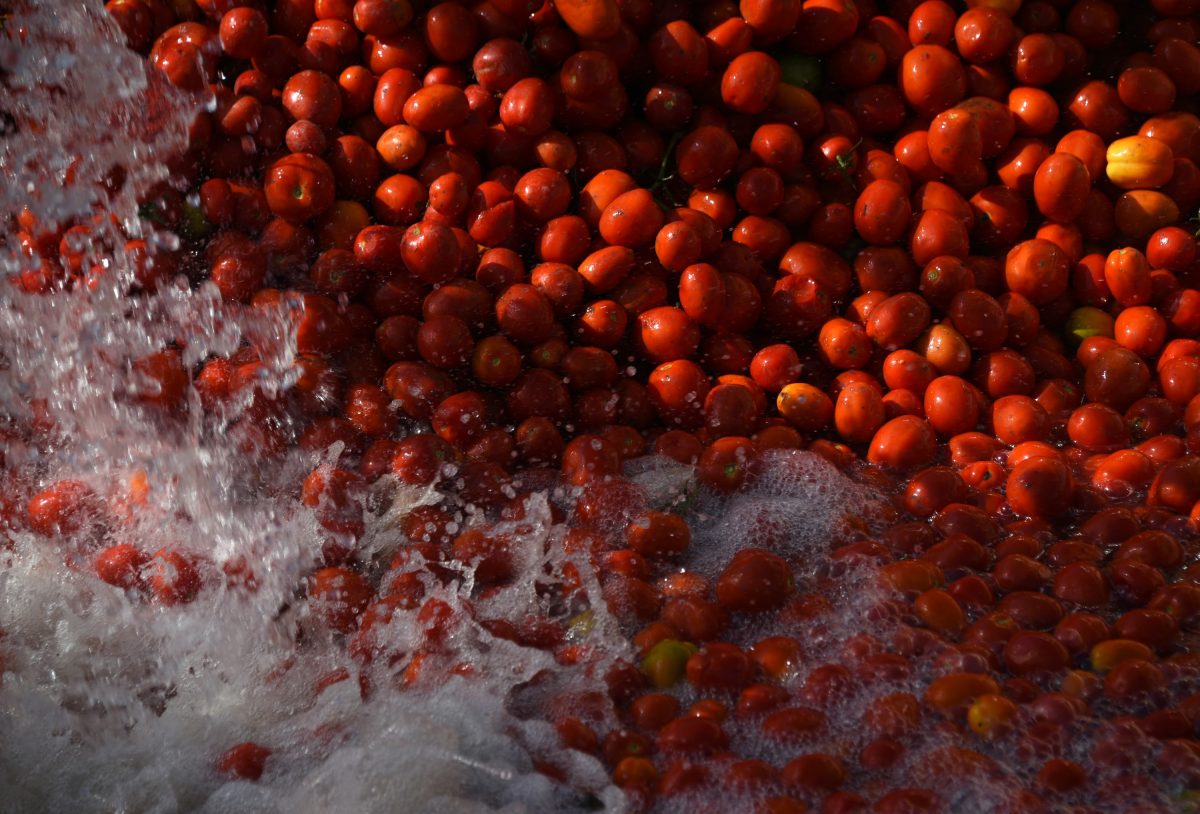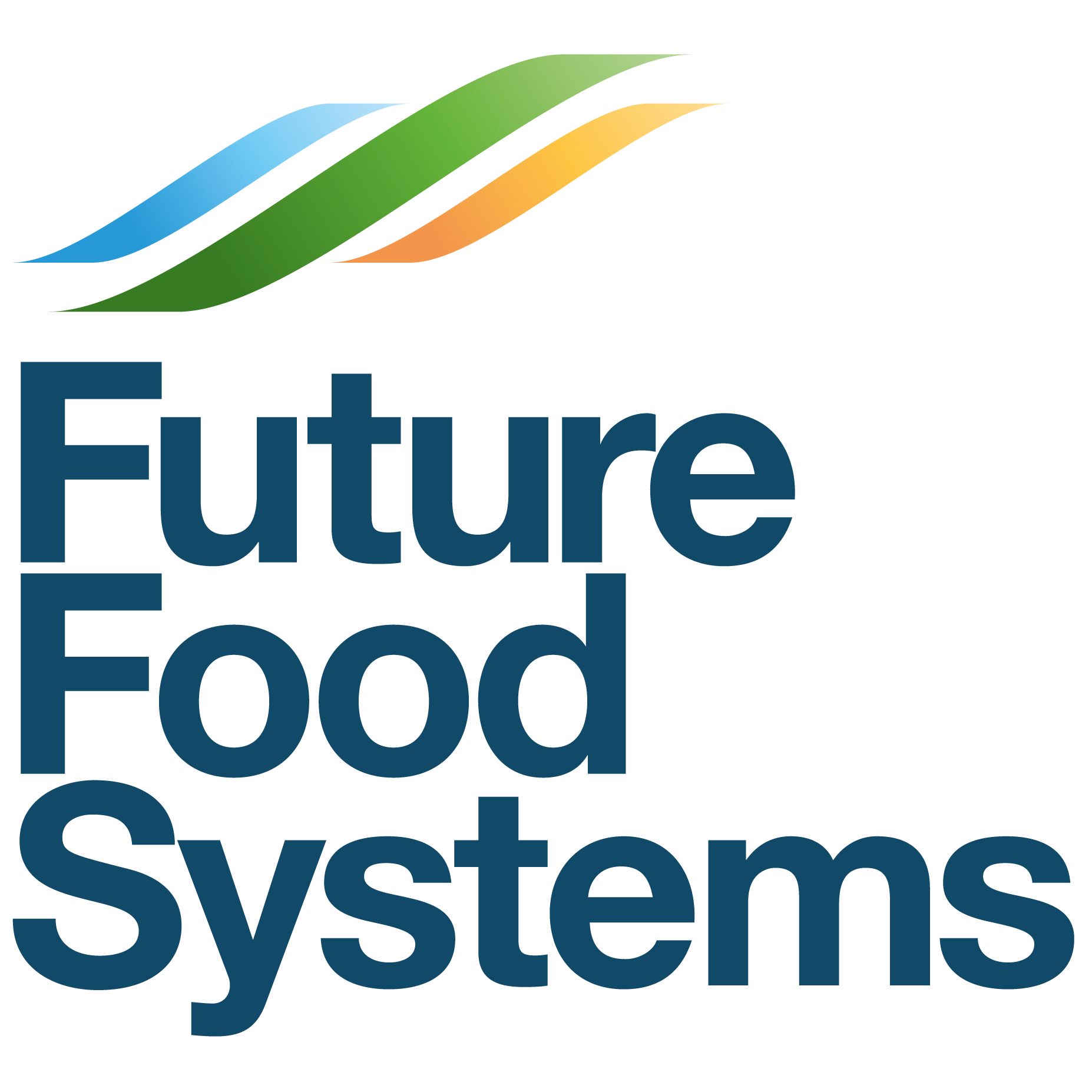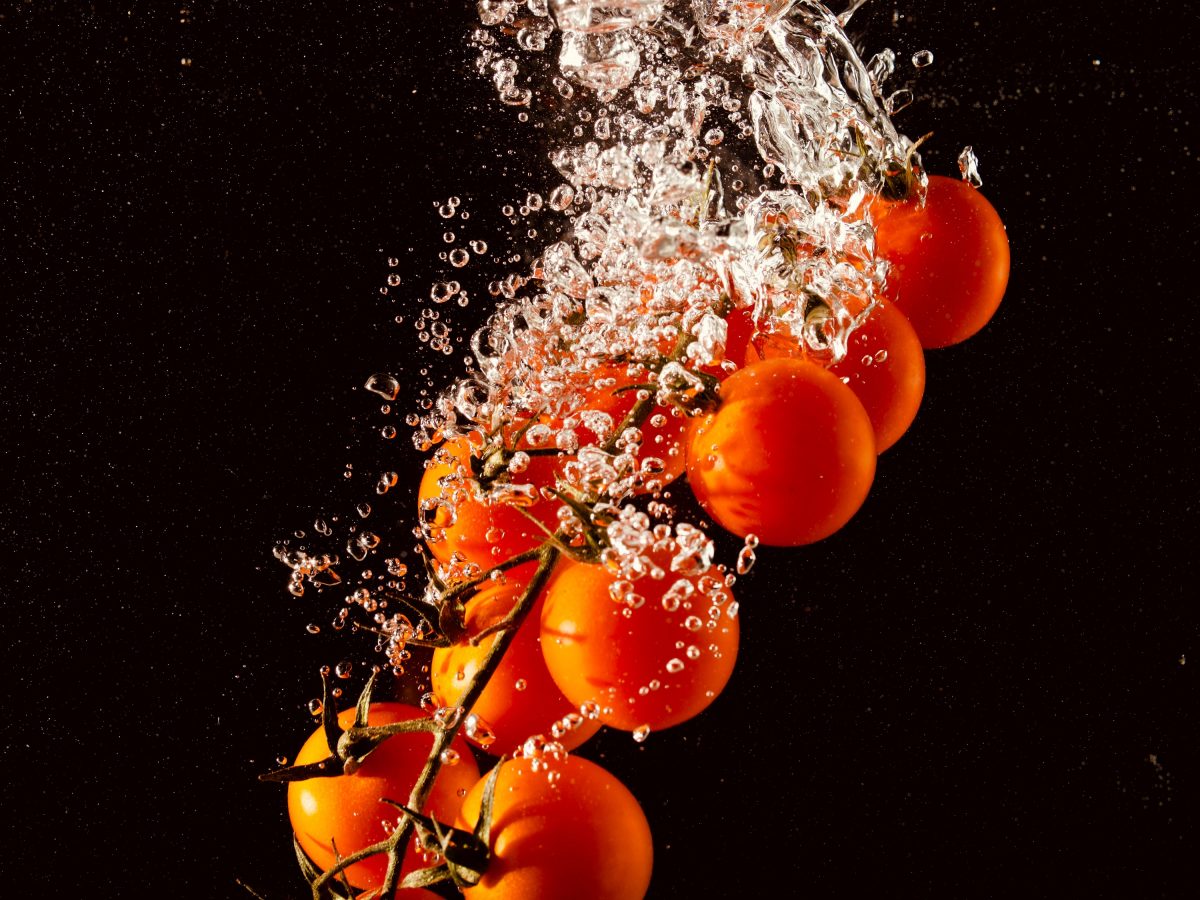A group of researchers at the University of Florida in south-eastern USA has found that a five-minute dunking in hot water prior to cold storage curbs chilling injury – notably, decay – and improves antioxidant content in fresh tomatoes.
In a paper published on 13 January 2021 in the Journal of the Science of Food and Agriculture, the authors report a study in which they looked at the effects of immersing fresh tomatoes briefly in hot water on subsequent antioxidant content and chilling injury (CI).
The challenge
A common and costly postharvest disorder, CI has been linked with the generation of reactive oxygen species (ROS) in tomato fruit.
Thus, the US researchers hypothesised, promoting the synthesis of antioxidants in fresh tomatoes prior to their journey from packing shed to retailers’ shelf could, potentially, counteract ROS, thereby reducing CI and its symptoms in tomatoes, prolonging their quality and shelf life and reducing costly food losses.

The findings
The research team found that immersion for five minutes in hot water at 52°C reduced chilling‐associated decay significantly – from 66.7% to 17.2% in ‘breaker turning’ (BT) tomatoes, and from 55.8% to 9.8% in mature green (MG) ‘BHN‐602’ tomatoes that were subsequently stored at 5°C for a fortnight, and from 26.7% to 6.7% in BT tomatoes stored at 5°C for one week.
The hot-water treatment resulted in significant increases in some key antioxidants, including the health-promoting nutrient lycopene, which increased by 17% in BT tomatoes stored at 5°C for two weeks. Significant increases in the ascorbic acid content (up 11%), lipophilic phenolics (up 18%) and total phenolics (up 6.5%) were also observed in BT tomatoes stored at 12.5°C for a week.
Despite these increases in nutrient content, the researchers found no pronounced enhancement of the treated tomatoes’ sensory aromatic profile, colour or antioxidant capacity. The hot-water immersion treatment did, however, reduce ripening time by three days in MG tomatoes stored at 5°C for a fortnight or at 12.5°C for a week.
Hot-water immersion also reduced the incidence of chilling injury (CI) – notably, of decay – in the treated tomatoes under cold-storage conditions, prolonging their shelf life significantly. The authors conjectured that this finding may have been associated with the increase in antioxidant levels observed in the treated tomatoes.
“Hot-water treatment applied to MG or BT ‘BHN‐602’ tomatoes can alleviate the development of some CI symptoms, particularly decay, possibly by increasing antioxidants that scavenge ROS”, the paper’s authors stated.
The implications
The findings have practical implications for tomato growers, supply-chain partners and retailers keen to maintain quality and avoid food loss.
Read the original paper in the Journal of the Science of Food and Agriculture.
Sources
Hot water treatment works against chilling injury symptoms in fresh tomatoes I Fresh Plaza
Loayza Francisco E., Brecht Jeffrey K., Simonne Amarat H., Plotto Anne, Baldwin Elizabeth A., Bai Jinhe, Lon-Kan Elena, ‘A brief hot-water treatment alleviates chilling injury symptoms in fresh tomatoes‘ Journal of the Science of Food and Agriculture, Vol. 101 (1), pag. 54-64.

